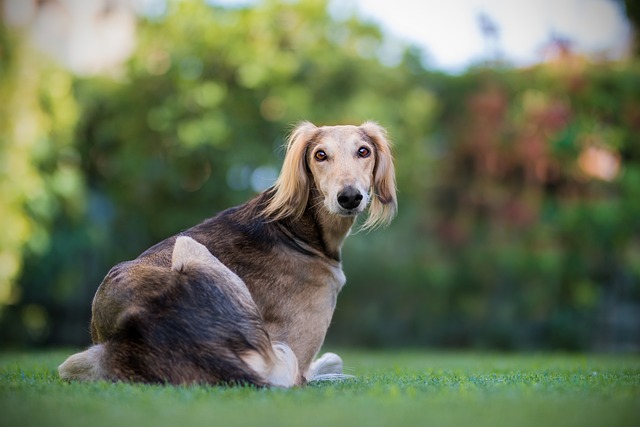
How do i train my dog to be obedient?
Watching your dog dart across the park ignoring your calls isn’t just frustrating—it can put them at risk near busy streets or public spaces.
In the life with dogs, their agile posture and lively appearance always bring us endless joy. If dogs can learn the interesting skill of rolling, it will undoubtedly add more fun to daily interactions. However, mastering this skill for dogs is not an easy task and requires owners to have a deep understanding of their dog's habits, use scientific methods, and invest sufficient patience and love.
Although dogs are intelligent, they also have their own thinking and behavioral patterns. Before starting training, it is important to fully understand the dog's personality traits. A lively and active dog may be enthusiastic about training and learn quickly; Dogs with introverted and timid personalities may need more time to adapt and understand. For example, an energetic Border Collie is curious about new things and can quickly concentrate during training; But a shy Bichon may feel nervous due to unfamiliar commands and actions. So, observing a dog's daily behavior and understanding its personality before training is an important prerequisite for successful training. Every time we see a dog's unique behavior, it allows us to better understand it and prepare for training.
The first step in training is to establish basic command cognition. Choose a simple, clear, and fixed command, such as' roll ', and use the same tone and volume during each training session. This can help dogs gradually become familiar with commands and form conditioned reflexes. At the same time, using a specific gesture, such as drawing the palm from one side to the other, enhances the dog's understanding of the instructions. When the dog has not yet understood the meaning of the command, do not rush to make it roll, but first familiarize it with the command and gestures. When a dog hears a command, even if it only has a slight reaction, such as moving its ears or looking at you, it should be praised and rewarded in a timely manner, such as gently stroking it or giving it a delicious snack. In this way, dogs will associate commands with positive rewards and be more willing to cooperate with subsequent training. Every time the dog responds to a command, the expectant gaze seems to say, 'Did I do it right?' At this point, the owner's affirmation is the greatest encouragement to it.
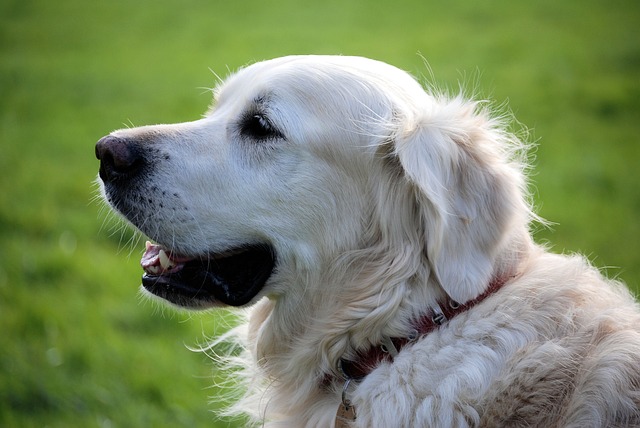
Once the dog has a preliminary understanding of the instructions, induction training can be conducted. Keeping the dog in a lying down position is a basic movement that many dogs can easily master. Then, holding the dog's favorite snacks, slowly move from one side of its head to the other, guiding its body to follow suit. If the dog cooperates to rotate its body, even if the amplitude is small, it should be immediately praised and rewarded. Next, continue to use snacks to guide the dog's body to further rotate, gradually completing half circle and one circle of rolling movements. During this process, it is necessary to constantly repeat the command of "rolling", allowing the dog to closely integrate its movements with the command. For example, when a dog successfully completes half a roll under the temptation of snacks, it excitedly says to it, "Great, it can roll!" and is given double the snack reward. Watching the dog work hard to turn its body in order to receive rewards, with its cute and serious appearance, makes people laugh and strengthen their determination to train.
After the dog is able to perform rolling movements under induction, it needs to enter the reinforcement training phase. Gradually reduce dependence on snacks and rely more on commands and gestures to guide dogs to roll. You can try waiting for the dog to roll actively after giving the command, and then give the reward. If the dog does not respond, use snacks to induce it appropriately, but make it understand that actively completing the action can earn more rewards. At the same time, increase the number of training sessions and scenarios to enable dogs to proficiently execute the "roll" command at different times and locations. For example, training is conducted on the grass in the park and in the living room at home to help dogs adapt to different environments. Every time I see a dog accurately perform rolling movements in various scenarios, a sense of achievement arises because it is the result of the joint efforts of the owner and the dog.
Patience and a positive attitude are key throughout the entire training process. Dogs may experience uncooperative behavior and repeated mistakes, such as suddenly losing interest in training or forgetting newly learned movements. At this point, do not beat or scold the dog, otherwise it will develop fear and resistance towards training. On the contrary, to understand the dog's feelings, temporarily stop training, play the game it likes with it for a while, and wait for its emotions to recover before continuing. Every training session is an opportunity to establish a deeper emotional connection with the dog. Through patient guidance and full love, the dog learns to roll and feel the care and companionship of its owner in a relaxed and pleasant atmosphere.
Teaching dogs to roll is a journey full of challenges and surprises. From the initial command cognition to gradually mastering the rolling action, every step embodies the owner's hard work and the dog's effort. When you see a dog happily rolling on the grass and respond to commands without hesitation, the sense of happiness and satisfaction cannot be described in words. Let's use love and patience to accompany dogs in their growth and create more beautiful memories together.

Watching your dog dart across the park ignoring your calls isn’t just frustrating—it can put them at risk near busy streets or public spaces.
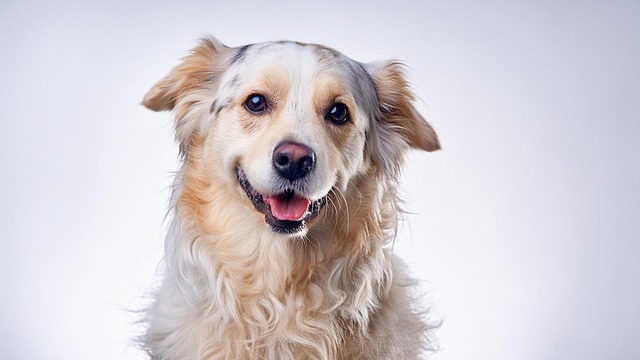
New puppy owners often find themselves rushing to clean up accidents before they set in, and that’s where puppy pad training becomes a game-changer.

If you've noticed your dog's waistline disappearing and your veterinarian has mentioned those few extra pounds, your first instinct might be to simply reduce the amount of food in their bowl.
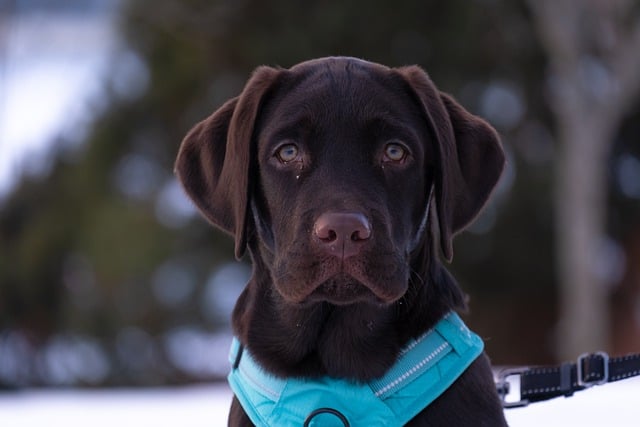
Training a dog to use a designated spot indoors isn’t as daunting as many new owners fear, but it does take consistency and an understanding of your pet’s needs.
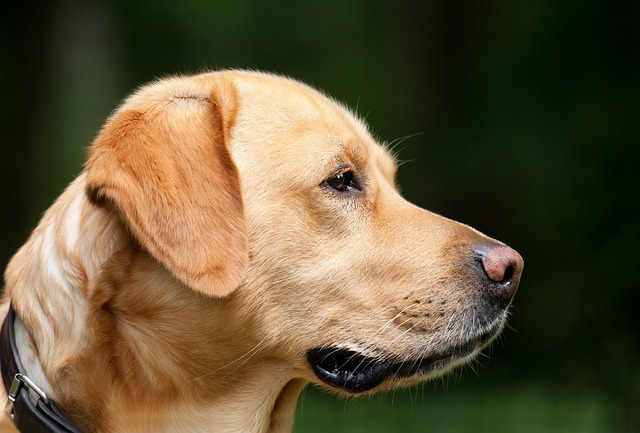
That moment of dread on a walk is all too familiar for many new dog owners. You see another dog approaching down the sidewalk of your neighborhood
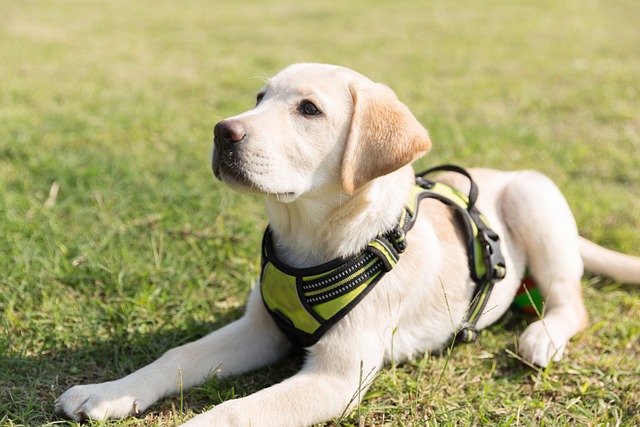
If the sight of another dog on your neighborhood walk makes your heart sink as your own dog erupts into a frenzy of barking and lunging, you're not alone.